What is an Electrical Panel Upgrade?
Defining Electrical Panel Upgrades
An Electrical Panel Upgrade refers to the process of replacing or modifying your home’s electrical panel to enhance its capacity and improve safety. The electrical panel, also known as a breaker box or service panel, is a critical component of a home’s electrical system. It distributes electricity throughout the house by controlling the flow of power to various circuits. Upgrading the panel is crucial for accommodating modern electrical needs, such as increased power for appliances and the integration of renewable energy sources like solar power.
Why You Might Need an Upgrade
Homeowners often consider an upgrade for several reasons. Firstly, older homes typically have lower amperage panels (100 amps or less), which may not suffice for today’s energy demands. As households become increasingly reliant on technology — from home offices filled with devices to electric vehicles (EVs) — the need for higher amperage becomes pressing. Secondly, older panels may lack essential safety features, making an upgrade vital for preventing electrical hazards.
Common Signs Indicating an Upgrade is Necessary
There are several indications that your electrical panel may need an upgrade:
- Frequent Breaker Trips: If breakers trip often, it suggests the panel is overloaded.
- Flickering Lights: Lights that flicker when appliances start indicate insufficient power supply.
- Buzzing Noises: Unusual noises from the panel can signal serious issues.
- Old or Non-Grounded Panels: Panels that are outdated or lack grounding present significant safety risks.
- Plans for Major Renovations: If you plan to add high-energy-demand devices or remodel your home, it may necessitate an upgrade.
Benefits of Upgrading Your Electrical Panel
Improved Safety Features
One of the primary reasons to upgrade your electrical panel is enhanced safety. Modern panels come equipped with circuit breakers designed to trip during overloads or short circuits, preventing potential fires or damage. Upgrading can also bring your home up to current electrical codes, which are designed to protect against electrical hazards.
Increased Electrical Capacity
Many households are transitioning to high-capacity devices, and an upgrade can provide the necessary power. For instance, upgrading from a 100-amp panel to a 200-amp panel significantly enhances the capacity, allowing power-hungry devices such as central air conditioning units, EV chargers, and additional appliances to function simultaneously without issues. This expansion becomes necessary as more households adopt smart home technology.
Enhanced Home Value and Efficiency
Upgrading your electrical panel not only improves safety and functionality but also enhances your home’s resale value. Prospective buyers are often deterred by older electrical systems, prioritizing homes with modern, compliant electrical infrastructure. Furthermore, an efficient electrical system can lead to reduced energy costs, giving homeowners peace of mind regarding their monthly expenses.
Cost Factors for an Electrical Panel Upgrade
Average Costs and Budgeting
When considering an electrical panel upgrade, budgeting is essential. The cost can vary widely depending on several factors, including the existing panel’s condition, local labor rates, and the size of the upgrade. On average, homeowners can expect to pay between $1,300 and $3,000 for an upgrade from 100 to 200 amps. Factors such as new wiring, permits, and additional installation materials can increase the total cost significantly.
Hidden Costs to Consider
Homeowners should also be aware of hidden costs that may arise during the upgrade process:
- Permit Fees: Most jurisdictions require permits that can range from $50 to several hundred dollars.
- Additional Repairs: Upgrading may reveal underlying issues, such as faulty wiring, requiring further investment.
- Brand and Type of Panel: The cost can vary significantly based on the brand and whether you choose a standard or smart panel.
Financial Incentives and Tax Credits
Homeowners considering an upgrade should research available financial incentives. Programs like the federal tax credit for energy-efficient home improvements or local utility company rebates can significantly offset upgrade costs. For instance, some programs offer rebates for installing panels that will accommodate EV charging. Tax credits for adopting energy-efficient technologies can also add to the financial benefits of an upgrade.
Choosing the Right Electrician for Your Upgrade
Qualifications and Experience to Look For
Selecting a qualified electrician is crucial for ensuring a successful upgrade. Look for electricians with appropriate licenses, insurance, and certifications. Experience with panel upgrades is particularly relevant; ask potential candidates about their previous projects and whether they have worked with modern systems, including smart panels.
Questions to Ask Potential Contractors
Before hiring an electrician, consider asking the following questions:
- What is your experience with electrical panel upgrades?
- Can you provide references from past clients?
- What types of panels do you recommend, and why?
- How will you handle any potential issues that arise during the upgrade?
- Can you provide a detailed estimate of costs involved?
Understanding Estimates and Quotes
Once you receive estimates, it’s essential to break down the costs. Look for detailed quotes that include labor, materials, permits, and any anticipated additional costs. Understanding the full scope of work helps in making informed decisions and prepares you for potential budget overruns.
After the Upgrade: What to Expect
Post-Upgrade Inspections
After the upgrade, an inspection is typically required to ensure everything is up to code. Local building officials will assess the installation, verifying adherence to safety and local standards. Passing this inspection is crucial for ensuring that your home is safe and compliant.
Ongoing Maintenance Tips
Maintenance is an often-overlooked aspect of an electrical panel upgrade. Here are some tips to maximize the benefits of your new panel:
- Regularly Check Equipment: Periodically inspect the panel for signs of wear, rust, or loose connections.
- Test Circuit Breakers: Test your circuit breakers regularly to ensure they trip correctly and protect your home.
- Limit Overloaded Circuits: Avoid overloading circuits to maintain efficiency and prevent potential overheating.
How to Maximize Your Upgrade Benefits
To truly benefit from your new electrical panel, consider enhancing your home’s overall electrical efficiency. This can be achieved by:
- Implementing Smart Home Technology: Smart systems can optimize energy use and provide better control of your electrical loads.
- Energy Audits: Conducting energy audits can help identify further upgrades or adjustments to improve efficiency.
- Regular Consultations: Maintain open communication with your electrician to keep abreast of the latest technology and compliance requirements.
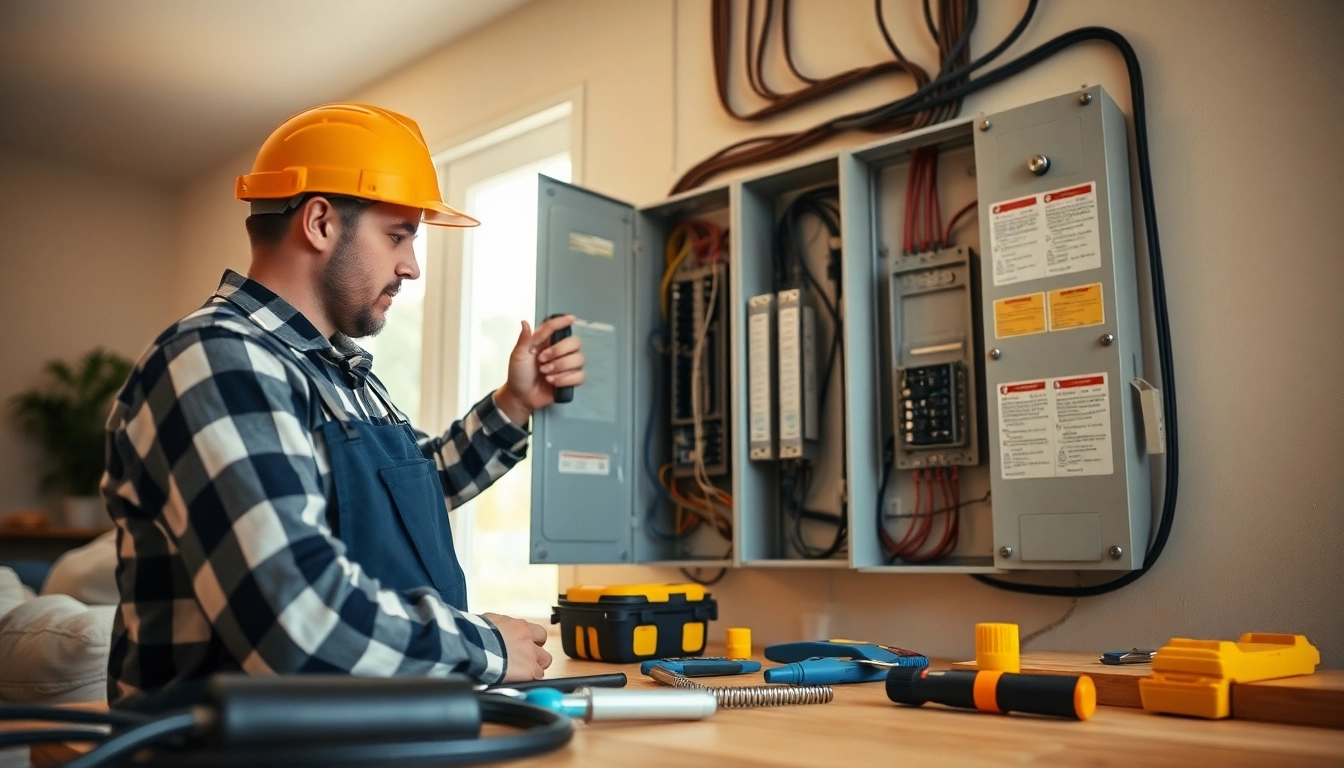

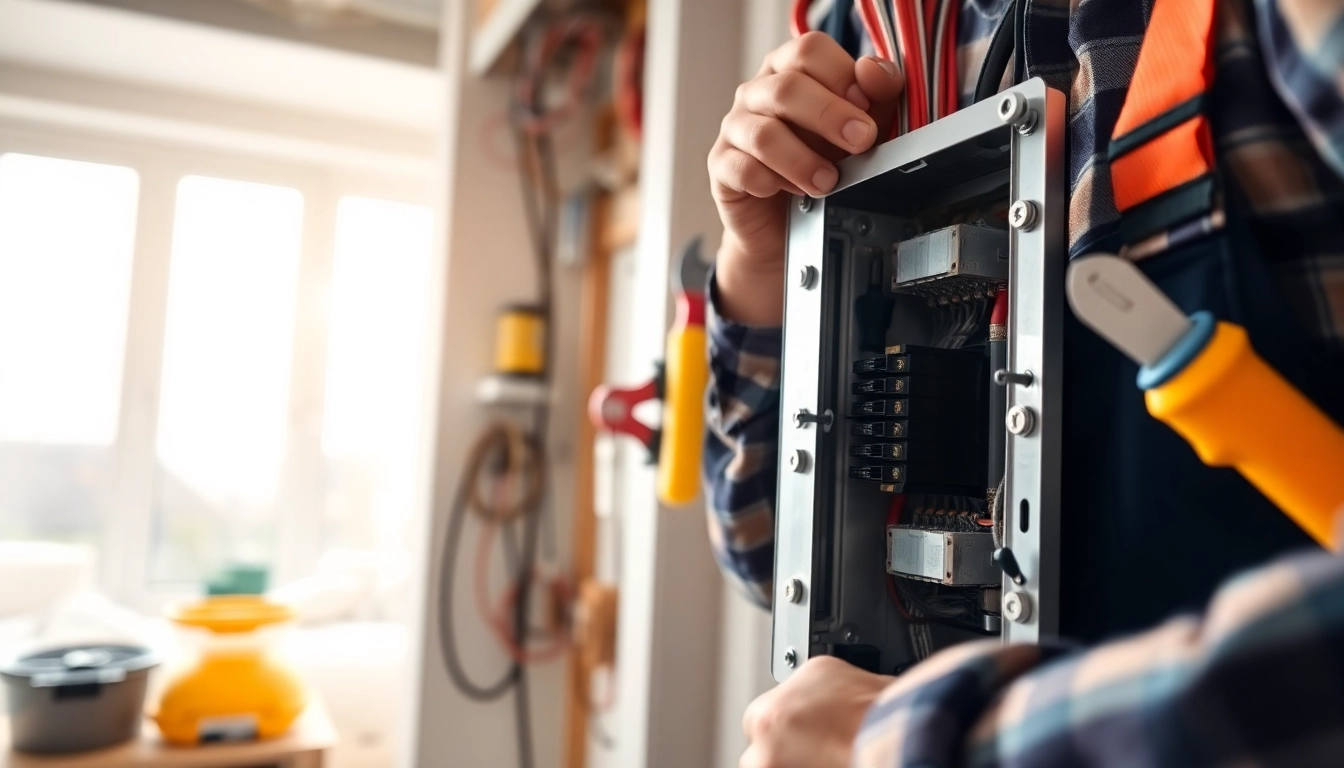
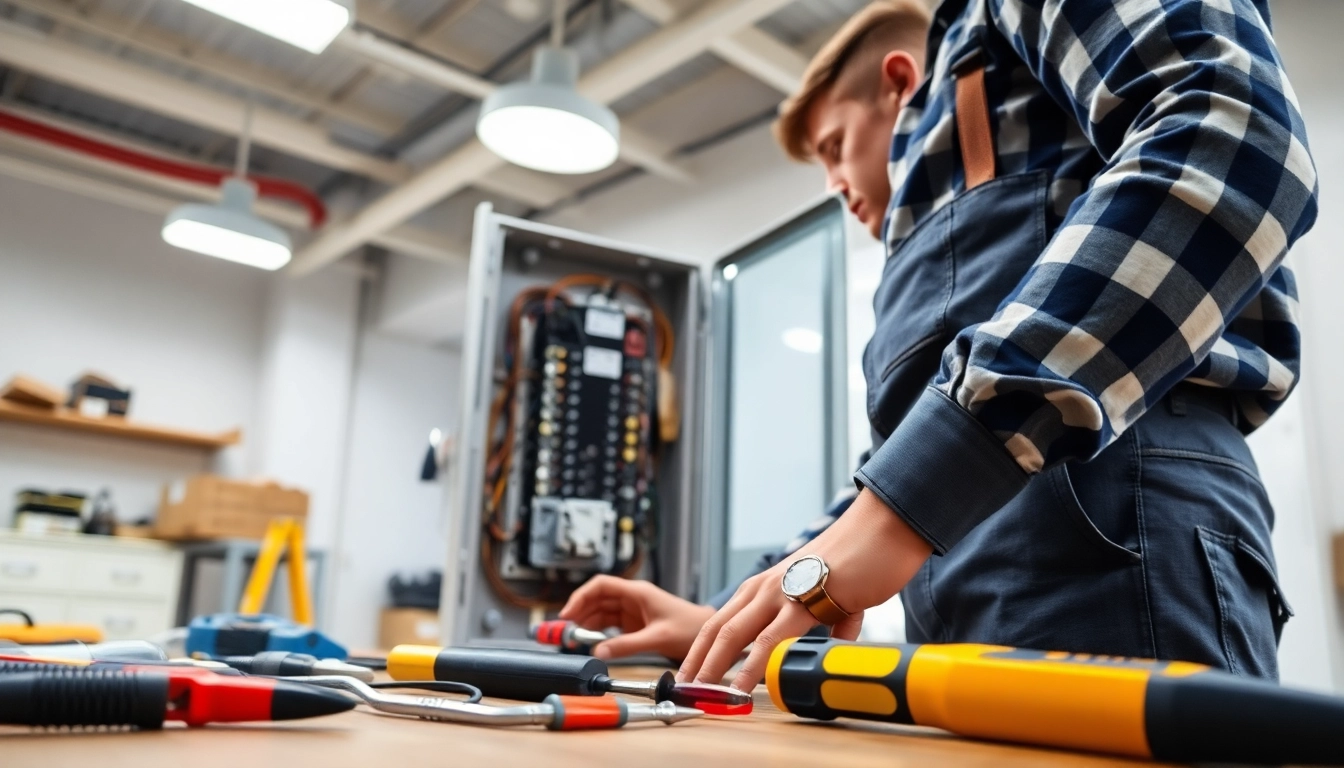
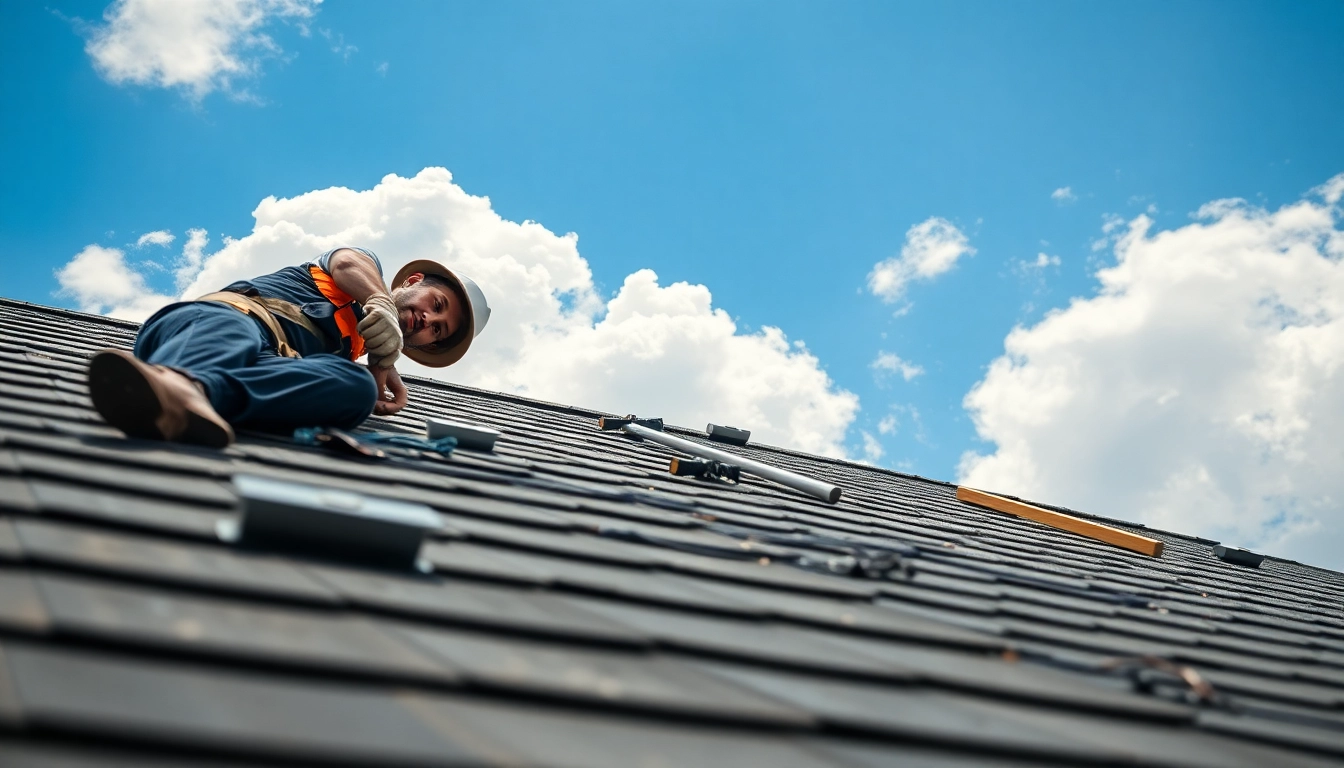





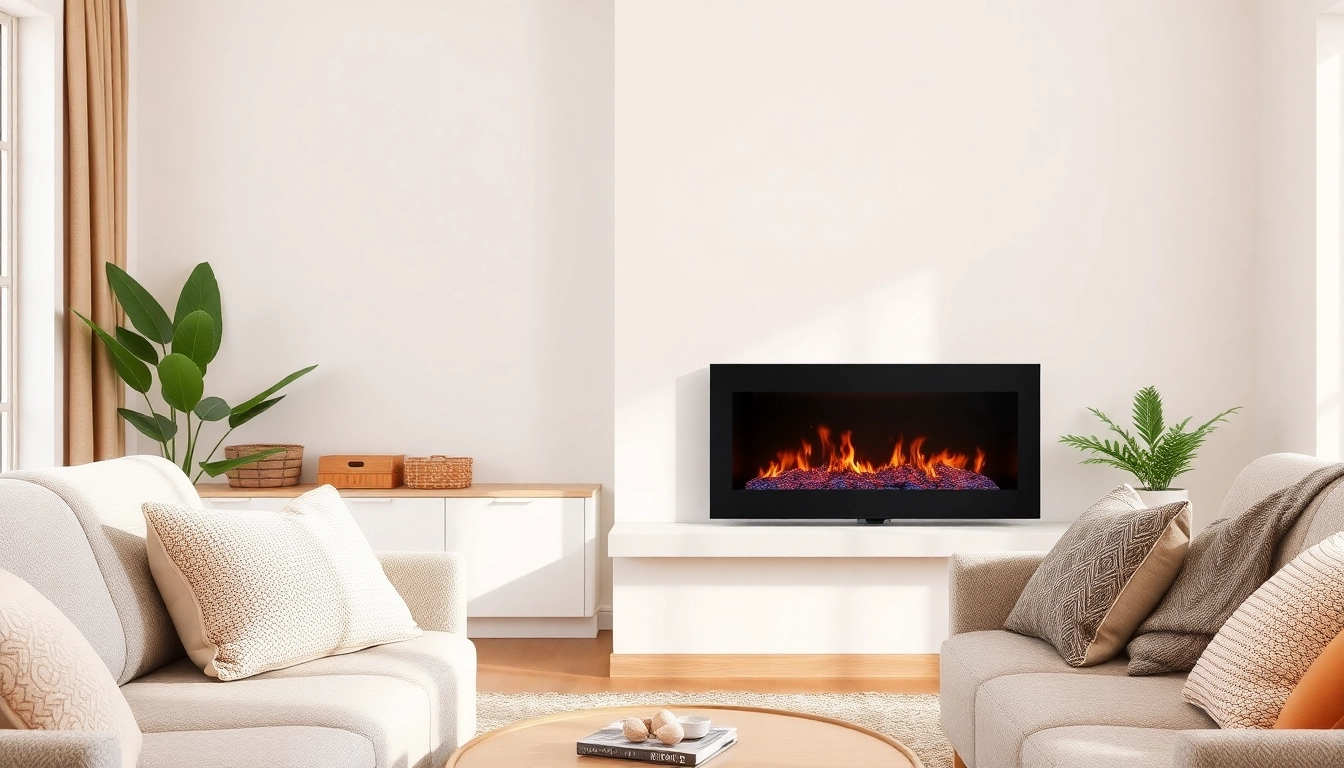



Leave a Reply